For fleet managers, maintenance supervisors, and professional drivers, the relentless pursuit of efficiency and reliability is a constant challenge. The operational environment of heavy-duty trucking is one of extreme stress, where components are pushed to their limits daily. At the heart of this challenge lies the drivetrain, and specifically, the clutch system. It is the critical interface between the engine’s power and the vehicle’s ability to move, especially under the immense strain of a fully loaded trailer on an incline. In this demanding context, the design and functionality of the clutch are paramount. The heavy duty truck 430 pull type clutch disc assembly represents a specific and highly engineered solution to these challenges.
Understanding the Fundamental Role of the Clutch in Heavy-Duty Applications
Before dissecting the advantages of the specific heavy duty truck 430 pull type clutch disc assembly, it is essential to understand the core function of any clutch in a commercial vehicle. The clutch system has one primary job: to smoothly connect and disconnect the rotating power of the engine from the transmission and, consequently, the wheels. This engagement must be progressive enough to allow the multi-ton vehicle to start moving without stalling the engine or jerking violently. It must also allow for seamless disengagement to facilitate gear changes without grinding the transmission gears.
Under heavy loads, the forces at play are magnified exponentially. The torque transmitted from the engine is immense, and the inertia of a loaded vehicle creates tremendous resistance. A standard clutch system, while functional, can struggle with these extremes. Drivers may experience “high pedal effort,” requiring significant physical force to disengage the clutch, leading to fatigue. They might also face “gear grind” during shifts, indicating incomplete disengagement, or “clutch slippage,” a sign of incomplete engagement that generates destructive heat. These issues are not merely inconveniences; they are symptoms of a system operating beyond its optimal design parameters, leading to premature wear, costly downtime, and potential roadside failures. It is within this high-stakes operational envelope that the heavy duty truck 430 pull type clutch disc assembly demonstrates its value.
Deconstructing the 430 Pull-Type Clutch System: A Mechanical Overview
The term “heavy duty truck 430 pull type clutch disc assembly” describes a specific configuration. The “430” typically denotes a size or model designation, often referring to a 430mm diameter for the clutch disc itself, indicating its application for high-torque engines. The “pull-type” mechanism is the key differentiator from the more common “push-type” clutch.
A traditional push-type clutch operates by using a hydraulic or mechanical linkage to push a release bearing against the fingers of the pressure plate’s diaphragm spring. This push action forces the spring to reverse its curvature, which releases the clamping force on the clutch disc, disengaging the drive.
In contrast, a pull-type clutch functions in the opposite manner. The release bearing is engaged by a mechanism that pulls it toward the transmission, away from the engine. This pulling action on the diaphragm spring’s fingers causes it to pull the pressure plate away from the clutch disc. This fundamental difference in operation is the source of its significant performance benefits under load.
The assembly itself consists of several key components that work in concert:
- The cover assembly, which houses the diaphragm spring and applies the clamping force.
- The clutch disc, which is splined to the transmission input shaft and is sandwiched between the flywheel and the pressure plate. Its hub often incorporates dampening springs to absorb torsional vibrations.
- The release bearing, which is the component actuated by the clutch fork.
- The clutch fork and linkage that translate the driver’s input into the pulling action.
The Direct Link: How Pull-Type Design Enhances Shifting Under Load
The theoretical advantage of the pull-type design becomes a tangible reality in high-stress operating conditions. The improvement in shifting performance is not a single feature but a cascade of benefits stemming from the core mechanical principle.
Reduced Pedal Effort and Driver Fatigue
The most immediately noticeable benefit for an operator is the significant reduction in pedal effort required to disengage the clutch. The physics of the diaphragm spring are central to this. In a push-type design, as the spring fingers are pushed, the force required increases near the end of the travel. In a pull-type design, the force curve is more favorable. The leverage advantage inherent in the pull-type mechanism means less hydraulic or mechanical force is needed to initiate and complete the disengagement process. For a driver who may perform hundreds of shifts in a single day, this reduction in physical exertion is not merely a comfort issue; it is a critical factor in reducing driver fatigue, maintaining alertness, and ensuring safety on the road. A less fatigued driver is more likely to execute smooth, timely shifts, which contributes to the overall health of the drivetrain.
Enhanced Clamp Load and Torque Capacity
The primary mission of the clutch is to transmit engine torque without slipping. Slippage generates intense heat, which is the primary enemy of any clutch assembly, rapidly degrading the friction material and potentially warping other components. The design of the heavy duty truck 430 pull type clutch disc assembly allows for a higher clamp load for a given diaphragm spring size. Because the mechanism pulls the spring to release it, the spring itself can be designed to provide more clamping force in its engaged state. This increased clamp force directly translates to a higher torque capacity, allowing the assembly to handle the massive output of modern heavy-duty diesel engines, even under peak load conditions. This robust clamping ensures full power transfer from the engine to the driveline, eliminating the slippage that plagues weaker systems and ensuring the vehicle can perform its intended task, whether climbing a steep grade or accelerating with a full load.
Superior Heat Dissipation and Durability
Heat is the ultimate arbiter of clutch life. Every start from a standstill and every gear change generates friction and heat. The heavy duty truck 430 pull type clutch disc assembly is often engineered with heat management as a priority. The larger 430mm diameter provides a greater surface area for the friction material, which helps distribute the heat load more effectively. Furthermore, the robust construction of the pressure plate and cover assembly is designed to act as a heat sink, absorbing and dissipating thermal energy to protect the integrity of the diaphragm spring and the friction disc. Effective heat dissipation is directly linked to extended service life and consistent performance. By maintaining lower operating temperatures, the clutch facing wears more slowly, and the critical metal components resist fatigue and warping, ensuring that shifting performance remains consistent and predictable over the long term, mile after mile.
Crisp and Complete Disengagement
A common issue with heavily loaded push-type clutches is incomplete disengagement. The immense pressure plate force can sometimes cause distortion in the diaphragm spring or release mechanism when pushed, leading to a scenario where the clutch disc does not fully separate from the flywheel. This results in “drag,” which makes shifting into gear difficult and causes grinding of the synchronizers, damaging the transmission. The pull-type action is less prone to this distortion. The pulling motion promotes a cleaner, more complete separation of the clutch disc from the flywheel and pressure plate. This ensures that during a shift, the transmission input shaft is completely free from engine torque, allowing the synchronizers to work effortlessly and enabling fast, clean, and grind-free gear changes. This precise disengagement is crucial for protecting the much larger investment represented by the transmission.
Consistent Performance Across the Duty Cycle
The performance of a mechanical system can change as it heats up. Some clutch systems may feel different—often weaker or more sluggish—when they are at operating temperature compared to when they are cold. The robust design and heat-resistant materials used in a quality heavy duty truck 430 pull type clutch disc assembly are selected to minimize this performance drift. The goal is to provide consistent pedal feel and engagement characteristics, whether the vehicle is starting its first trip on a cold morning or navigating stop-and-go traffic on a hot afternoon. This predictability allows the driver to develop a reliable feel for the clutch, leading to smoother vehicle operation and reduced shock loading throughout the entire drivetrain.
Key Considerations for Implementation and Maintenance
Selecting the correct heavy duty truck 430 pull type clutch disc assembly is only the first step. Its performance advantages can only be fully realized through correct installation and adherence to proper operating practices.
Proper Installation and Break-In: The installation of a clutch is a precision task. The flywheel must be resurfaced to ensure a perfectly flat mating surface. The clutch disc must be aligned precisely using a alignment tool to prevent damage during installation. The release mechanism must be adjusted to the manufacturer’s specified free-play. Most critically, every new clutch requires a proper break-in period. This process involves gently engaging and disengaging the clutch during light driving conditions to allow the friction material to gradually mate with the flywheel and pressure plate surfaces. An improper break-in period can lead to glazing, hot-spots, and premature failure, negating all the inherent advantages of the pull-type design. A typical break-in period can range from 300 to 500 miles of city driving conditions.
Matching the Clutch to the Application: Not every heavy-duty truck requires a 430mm pull-type clutch. It is essential to match the clutch’s torque capacity to the engine’s output and the vehicle’s typical gross vehicle weight rating (GVWR). Overspecifying a clutch provides a safety margin but may be unnecessarily expensive. Underspecifying guarantees premature failure. Understanding the vehicle’s duty cycle—long-haul highway, regional delivery, construction, or logging—is vital in selecting the appropriate component.
 English
English русский
русский
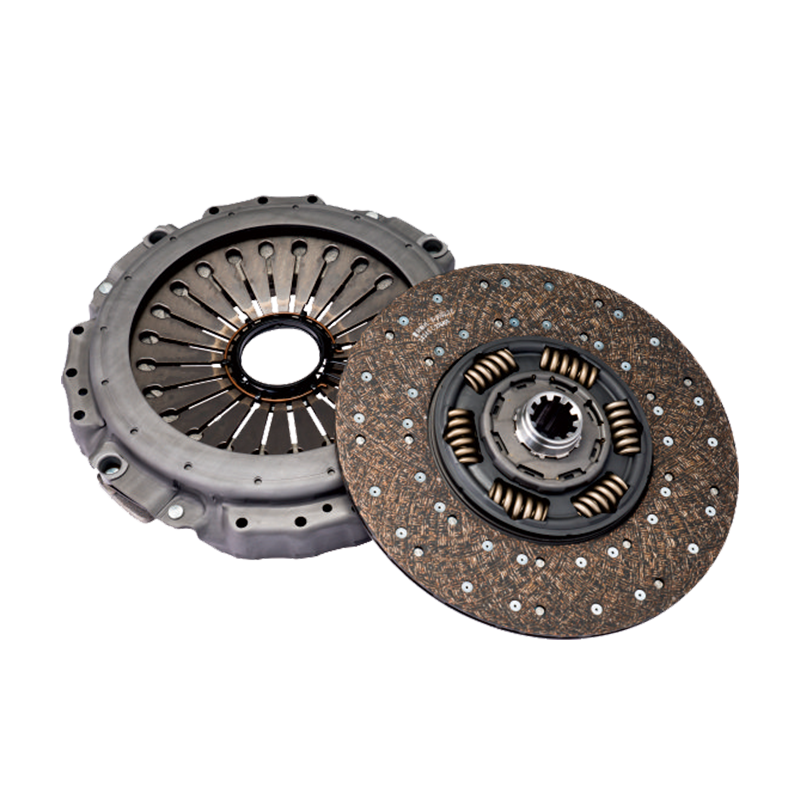
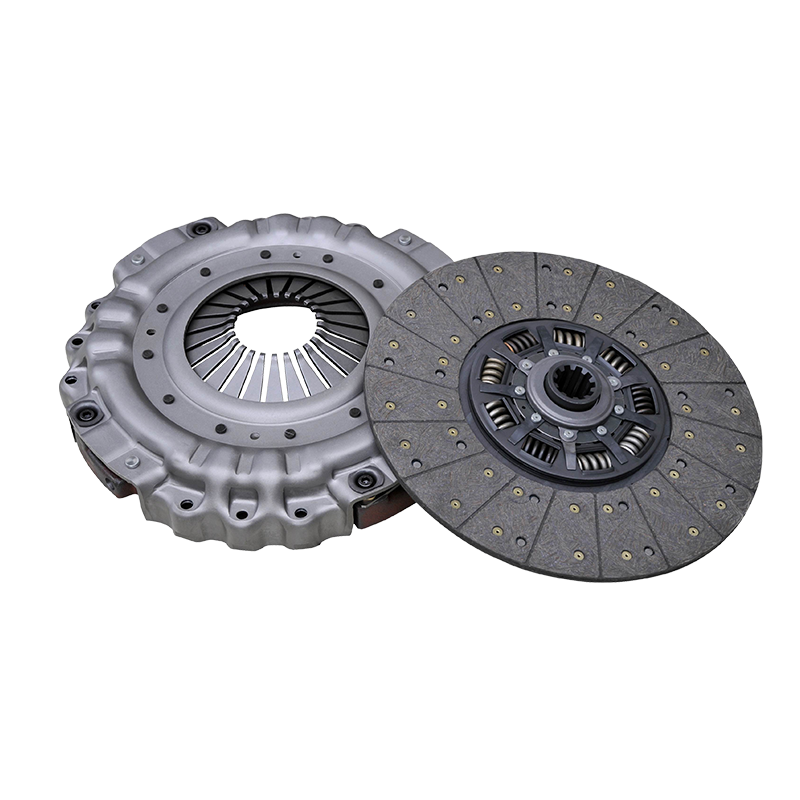
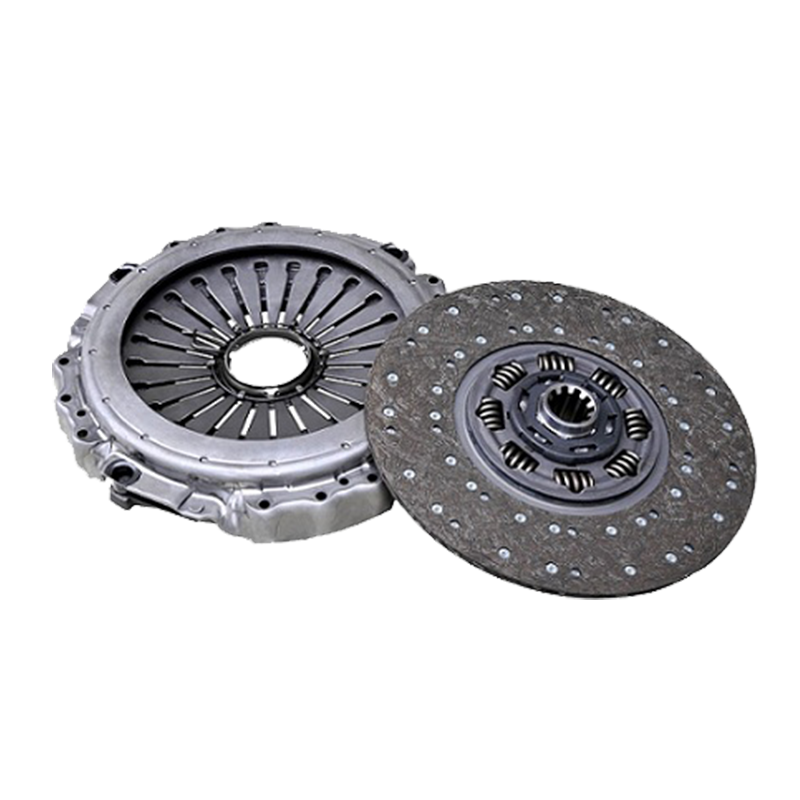
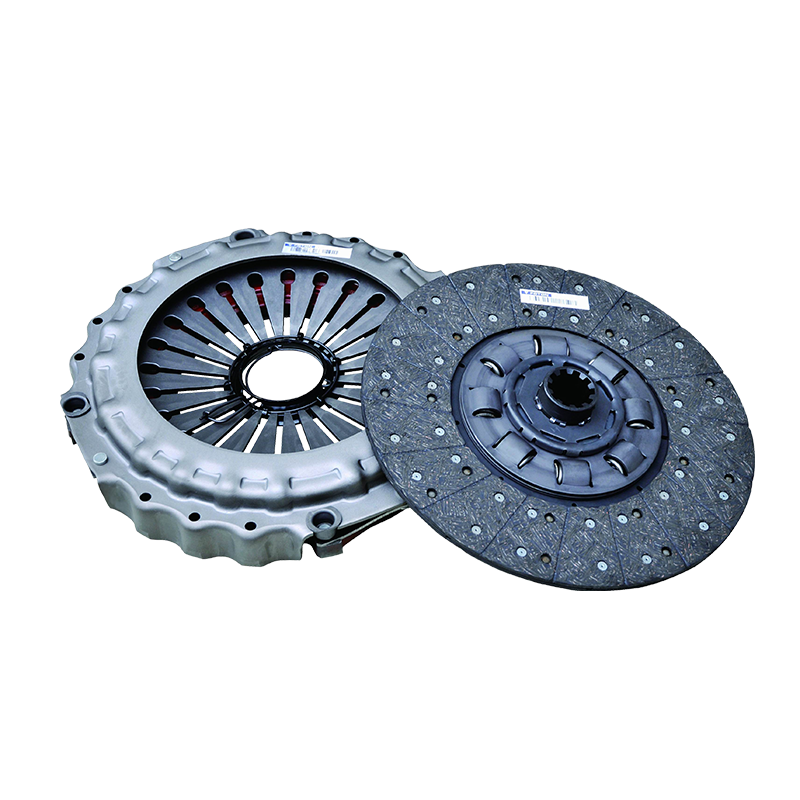
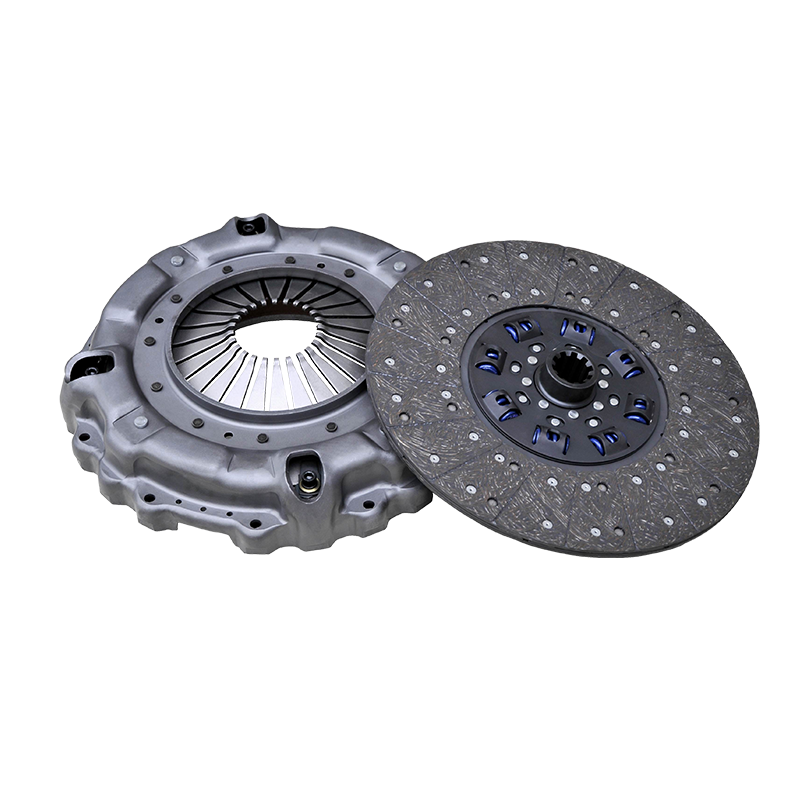
 English
English  No.25, Hu Chuang Road, New District Industrial Park, Suzhou, Jiangsu, China.
No.25, Hu Chuang Road, New District Industrial Park, Suzhou, Jiangsu, China.  +86-13338663262
+86-13338663262 
